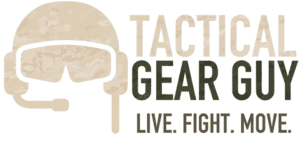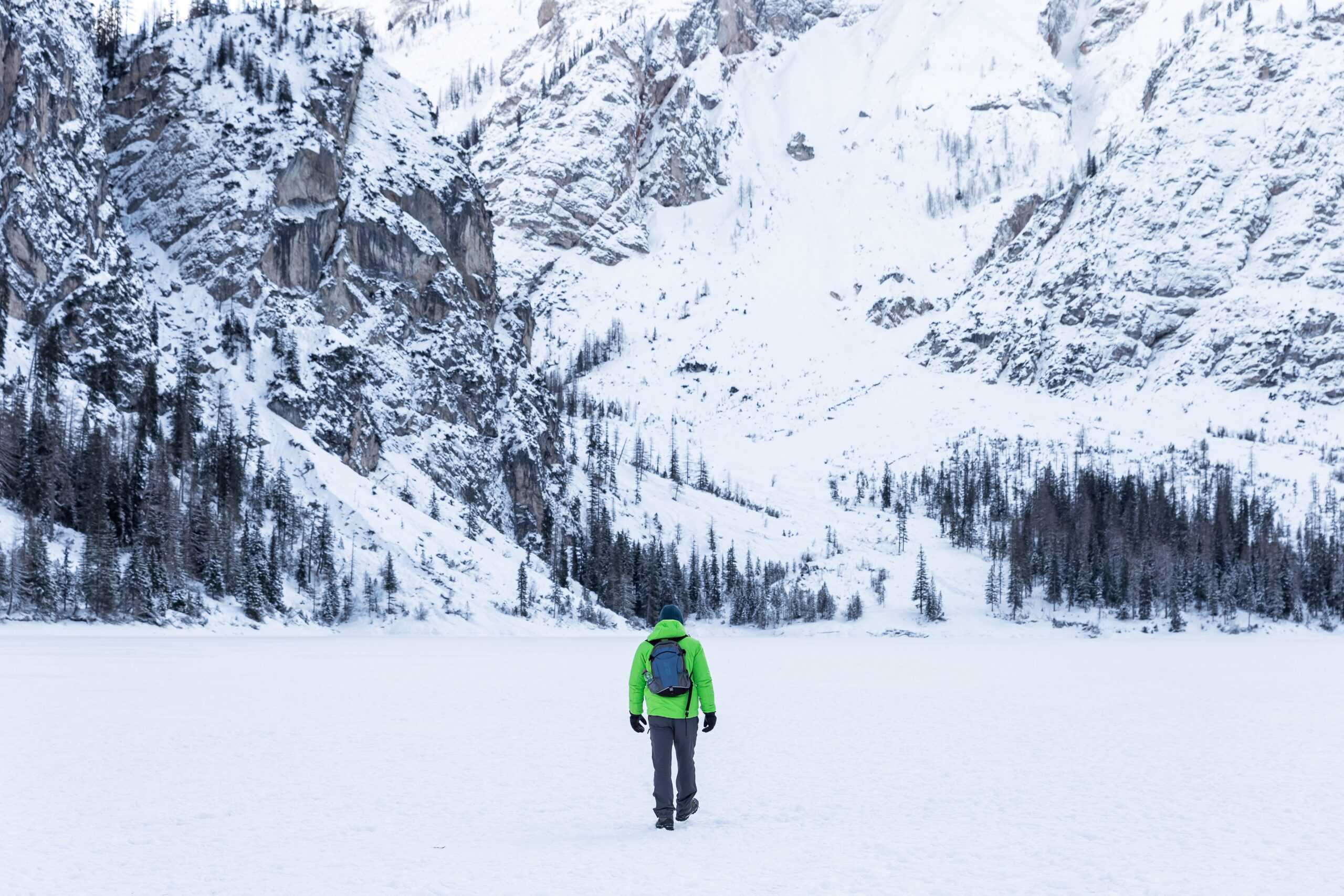Every year people get lost in the wilderness during the cold winter months. Because of the extreme temperature drop at night, individuals are susceptible to hypothermia which if not treated immediately could be fatal. If I asked you right now if you have ever had hypothermia, most likely you would answer ‘no’, as would others. Let me ask you this: Have you ever shivered? If you answered yes, then you have had hypothermia. Hypothermia is when your body reaches below 35 degrees celcius, which doesn’t take much. Your body’s first reaction to this is to shiver in an attempt to warm itself up. Just something to keep in mind!
The most important thing to do when lost of stranded in the wilderness during the winter is to remain calm. If you begin to panic, often you will make irrational decisions which could only make the already dire situation worse. The other important factor is to have a plan before your trip, prepare some kit in the event you become lost, and to practice what you would do if you had to spend a night in the cold outside. These are called the 3 P’s. Simply doing these 3 steps will greatly increase your chance of survival in the wilderness.
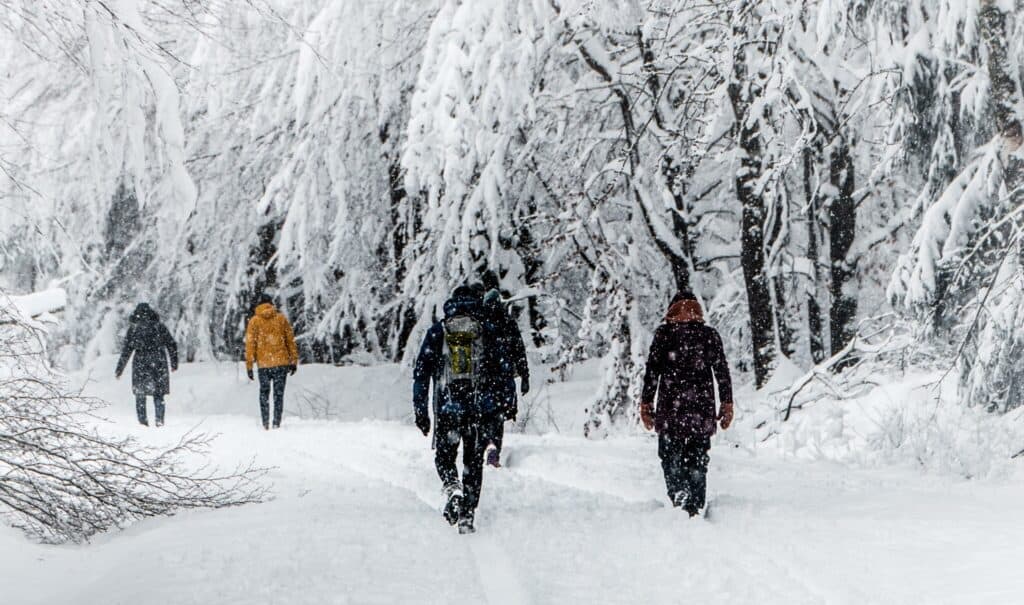
The 3 P’s: Plan, Prepare, & Practice.
Plan
Make sure to make a plan for your trip you’re going on. Even if you only planned to go out on a hike for a couple of hours, it’s good to let someone know your whereabouts and when you’re expected to return. If you’re going with a group, it’s still a good idea to let someone know what your planned trip is, because something could happen to all of you on the trip that would require Search And Rescue teams to come and locate you quickly. Simply telling someone, or a few people people, what your plans are could be the difference between life and death.
Things to include in the plan are your location, who you’re going with, the duration of your trip, vehicle information, and phone numbers of people you’re with. Post this information on your fridge at home, and also give it to a close friend who can check in on you if you’re not back when scheduled.
Also, make sure you go over the gear you’re bringing, if you have what you need for the trip. This article is specifically about surviving in the cold, so ask yourself if your bag (which could have been packed since the summer) has gear specifically for colder seasons. Things like hand warmers or face masks are a couple things that can easily be packed that would help a lot!
Tip: Don’t rely on a cellphone! Cellphones require a battery, which if they’re exposed to colder temperatures tend to lose battery power quickly. The other downfall with cell phones is that typically it’s hard to get a good cell reception outside of major cities or towns. If you’re a couple of hours in the woods on a trail, then it’s possible your cell phone won’t be able to send a message or be able to make a phone call.
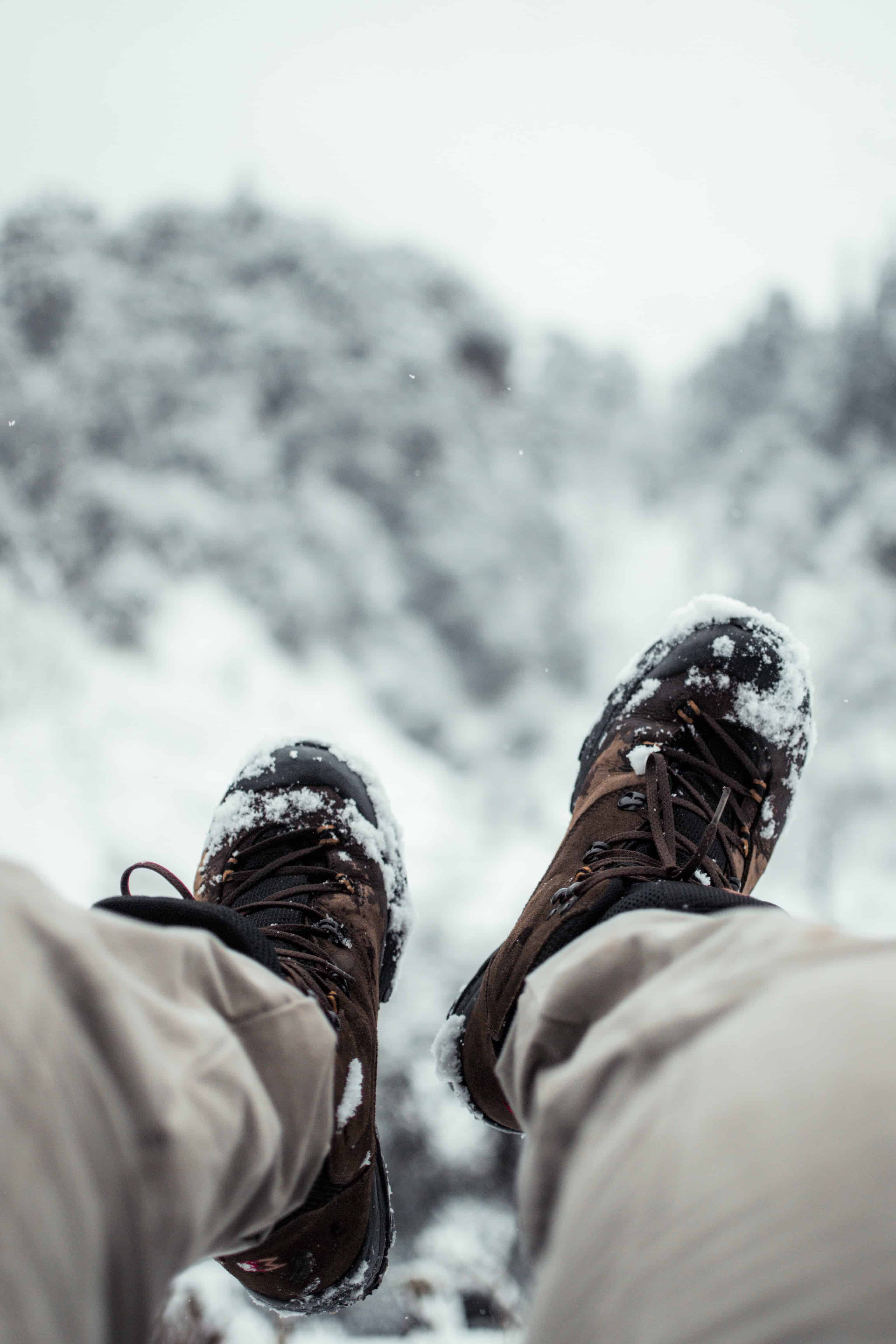
Prepare
I talked about going over a list of the gear in the Planning Phase, but preparing your gear is more specifically going over each piece of kit to make sure that its functional and not expired.
As the saying goes “It’s better to have the gear and not need it, than to need the gear and not have it”, taking the time to put together an emergency kit and pack it with you could be life saving. It might be a pain in the back to have to carry a bunch of extra supplies when it seems unnecessary, but it’s not that much more weight. Most of the items in an emergency kit for outdoor hikes are fairly small as well, so you don’t need to worry about them taking up much space.
List of items to pack in an emergency kit
Map – the best map to have in my opinion would be a topographical map. These maps show the landmarks and elevations of the land you’re trekking on. This gives you an idea of the type of terrain you’re hiking on. Also, if you know your location, you can figure out the direction you need to walk in to get out of the woods.
Compass – compasses are important and fairly inexpensive. Having one with a map is so helpful to getting out. Knowing which direction you’re walking in is also very helpful. It’s easy to forget which was is what especially if you’re in thick brush.
Tip: Don’t rely on a GPS! Just like a cellphone, a GPS require battery power to work. Especially in the cold, the battery life won’t last as long. Bring a map and compass.
Flashlight – it always helps to see where you’re going, and what you’re doing. You don’t need a super expensive or powerful flashlight. Something small is best as it won’t take up much space. Be sure to change the batteries every 6 months to a year!
Fire starter – getting a fire started is beneficial for getting warm and also keeping your morale up! I’ve heard it said that it’s recommended to gather wood for your fire for approximately 3 hours. When you think you have enough wood, get double that amount!
Flint – flint is used to help get a fire started. These are very cheap and usually available at your local hardware store.
Flexible Saw – this is compact and great for cutting little trees without the need to pack a larger heavy saw that takes up space.
Knife – great for making shims for the fire, or cutting rope to set up a cover, or if you caught an animal to cook on the fire, a knife can be used to open it up and clean it out. Carefully not to puncture the gut lining as this will spoil the meat.
Emergency blanket – it’s incredible how thin these things are, but an emergency blanket does wonders at keeping heat inside.
Purification tablets – having clean drinking water is needed for survival. It’s believed that the human body can go 3 – 5 days without water. Having some water purification tablets with be useful for when you find a water source.
Deck of cards – for your sanity!
Fishing kit – might not be very useful in the winter, but always good to have in your emergency kit.
Signal Panel Marker – these come in either orange or pink and catch the eyes attention easily, making rescue teams able to locate you quickly.
Signal mirror – intended for signalling to search and rescue aircraft.
All of these items are generally small in size, so they won’t take up much room or add much weight. Something I didn’t mention was food. It’s a good idea to bring snacks for the trip, but also additional high caloric food items in the event you’re lost or stranded for a few days.
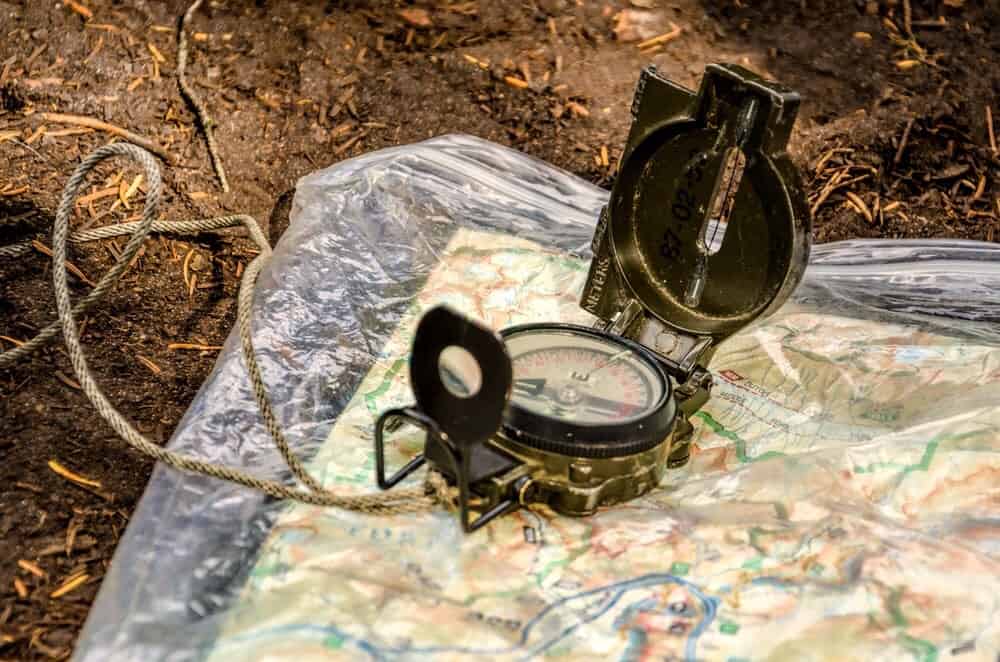
Practice
Practice makes perfect. Well… maybe not perfect, but definitely more efficient. As I mentioned earlier, one of the most important factors when it comes to surviving in the wilderness, regardless of what time of year it is, is to remain calm. Don’t panic. If you decided to go in the wilderness and practice spending a night out in the cold, then in the event you actually get lost and end up spending a night in the cold, you’re far more likely to remain calm and also you’ll have a better understanding of what to do in that situation. You don’t need to go far either to do it. Just find a location that’s in the woods yet is very close to a road or nearby houses. If it ends up not going as planned and you need to go inside and get warm, then you’ll be able to.
Even though it’s only practice, you should still let someone know of your whereabouts. Anything can go wrong and it would be terrible to play it off as “only practice” but the worst can always happen. Do the full “practice” scenario and begin by making a plan and telling someone.
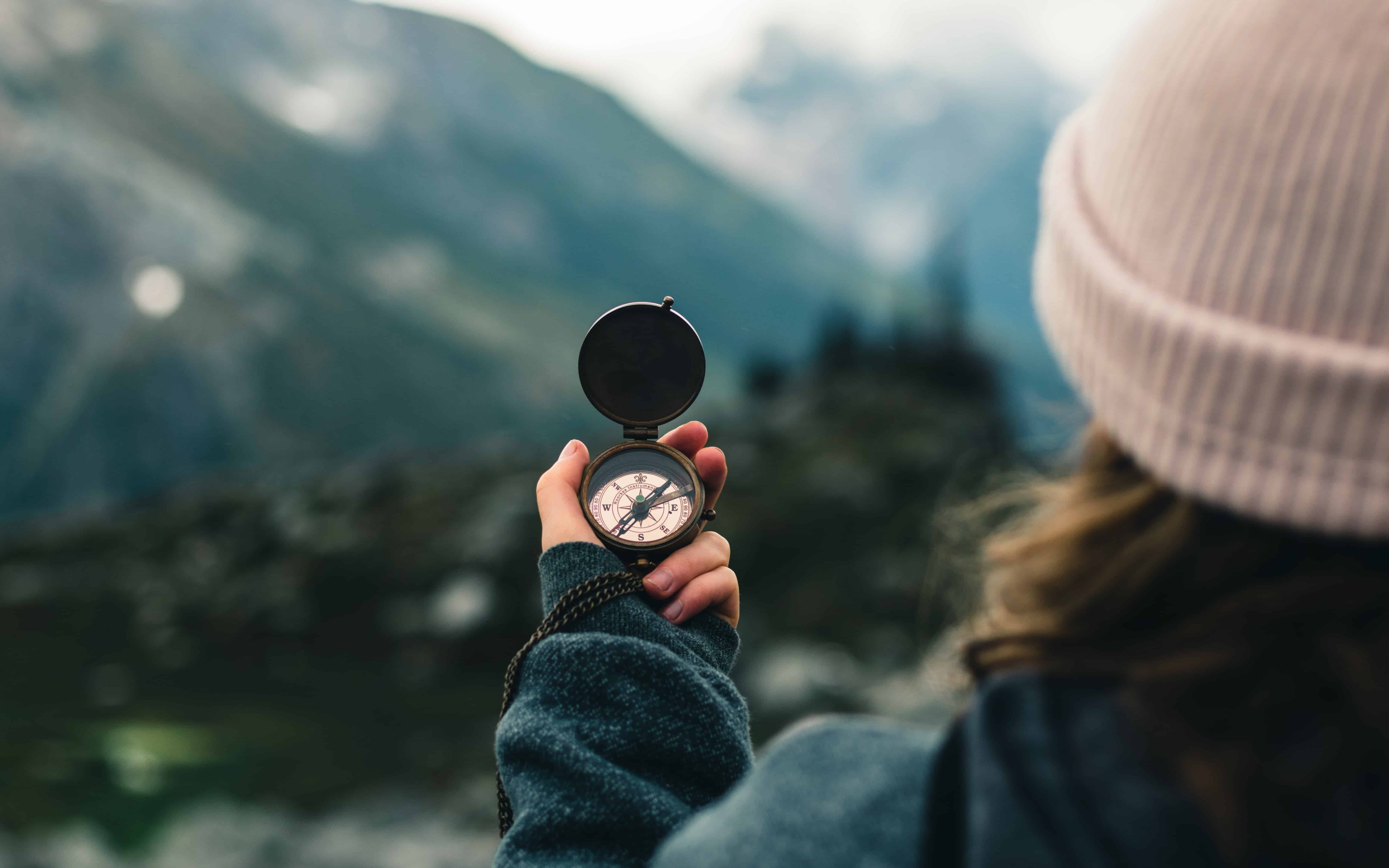
Conclusion
The biggest factor in with surviving in the wilderness during cold seasons of the year is to first remain calm! Thinking logically could be the difference between life and death. The 3 tips to help remain calm is ensuring you plan accordingly and let someone know what your plan is, preparing your kit prior to going out, and practicing beforehand so that if you find yourself in a survival situation you’ll have some familiarity on what to do.
Make sure that you’re dressed for the weather, and check the weather also. Even though it might look like decent weather at the time you leave for your camp, hike, or hunt, things can change quickly and drastically.
I hope these 3 tips on surviving in the freezing outdoors is helpful to you in some way. Safety is always a first priority. If you have to question if you can go out safely, then please reconsider your trip for another time.
Cheers.
